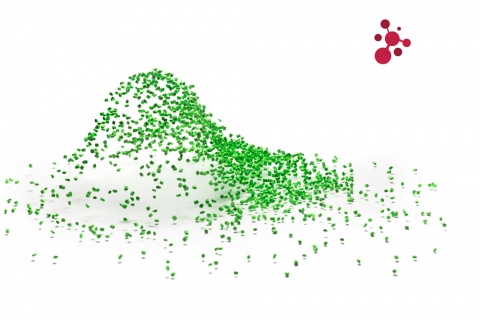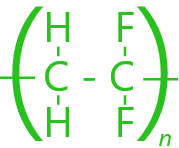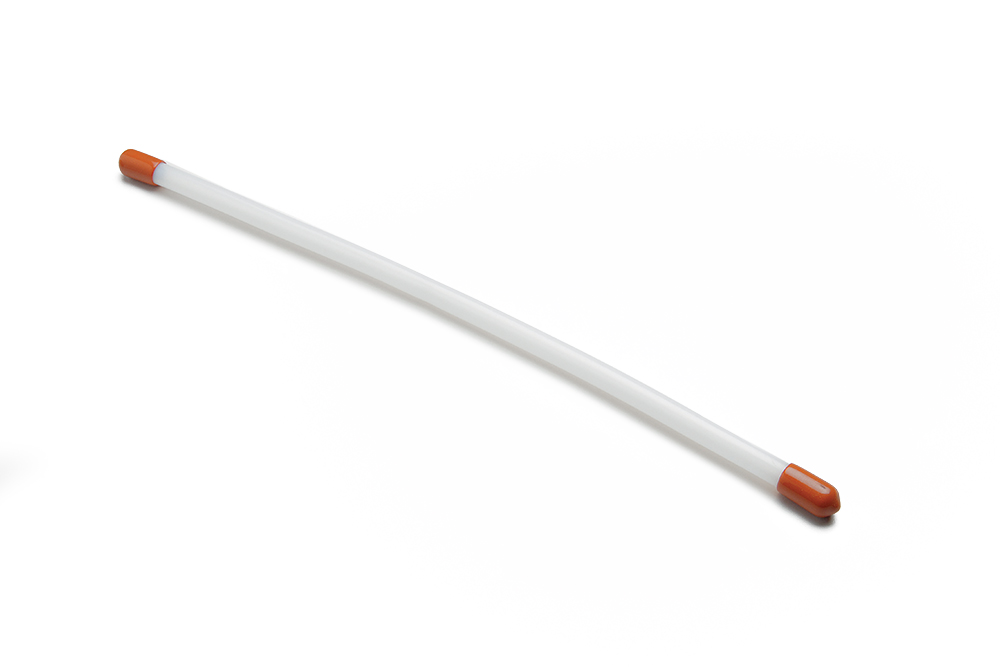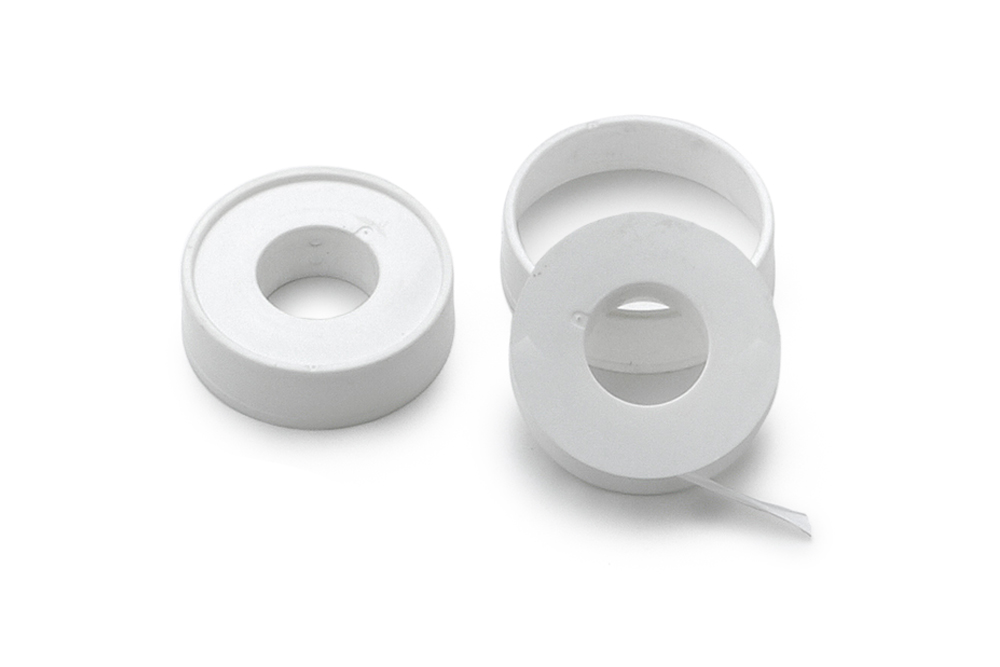

PTFE
PTFE is a fluoropolymer with high molecular weight, comprised of only of carbon and fluorine atoms; the combination of these extremely strong bonds with an elevated crystallinity, makes PTFE one of the most temperature resistant thermoplastic polymers (resistant to high and low temperatures), and similarly, gives it the highest chemical resistance. PTFE is practically inert to almost all known chemical reagents, with the exception of the alkali metals in their elemental form, such as sodium, potassium, and lithium (melted or in a solution), from chlorine trifluoride (ClF3) and fluorine gas (F2), and 80% solutions of NaOH or KOH in combination with elevated temperatures and pressures. These characteristics make it suitable for the production of gasket and seals and other parts for airplanes, rockets, and missiles that have to be resistant to high temperatures or able to withstand cryogenic temperatures. It is an extremely pure polymer that does not need stabilizers, plasticizers, lubricants, or flame retards, and is used in components for the transfer of ultra-pure and aggressive fluids, gaskets and seals, valves, laboratory equipment, hoses and tubing, coatings, fittings, and pumps. It exhibits optimal anti-adhesion properties to almost all glues and varnishes. The semiconductor sector uses ultra-pure PTFE for its extreme chemical inertia and for its insolubility in any solvent in temperatures of up to 300°C; at these temperatures only some highly fluorinated oils exert a swelling effect on PTFE. It also naturally shows optimal resistance to atmospheric agents, to sunlight, and to highly oxidizing agents like ozone.
COMMON NAME
PTFE (Polytetrafluoroethylene)
MORPHOLOGY
Semi-crystalline polymer
SYNTHESIS
Polytetrafluoroethylene (PTFE) is produced by the polymerization of the monomer tetrafluoroethylene (TFE) via two different processes:
-
granular polymerization (suspension)
-
aqueous dispersion polymerization (emulsion)
STRUCTURE

PROPERTIES
-
Dimensional stability
-
Excellent resistance to wear and abrasion
-
Optimal anti-adhesion properties
-
Flame resistance UL 94 V-0
-
Limiting oxygen index (LOI) above 95
-
Chemical resistance to many aggressive substances
-
Optimal resistance to UV light and atmospheric agents
-
Optimal resistance at low temperatures
-
Optimal resistance at high temperatures

